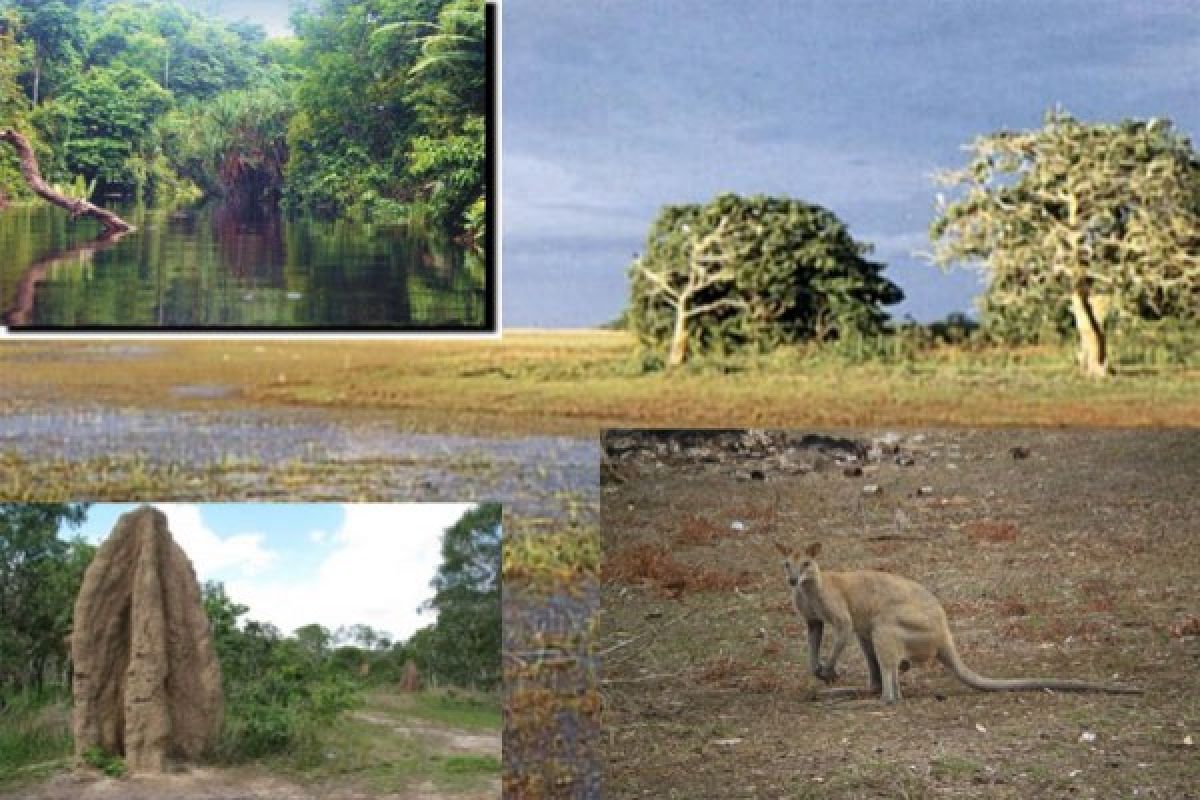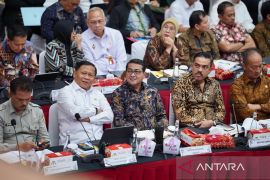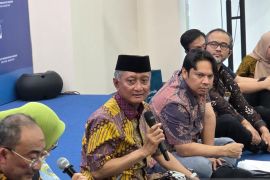"There are enclaves in Eastern Indonesia..."Denpasar (ANTARA News) - The biodiversity in Eastern Indonesian region was prone to biological theft or biopiracy as most of the species diversity in the region has yet to be registered and identified, an official said.
"There are enclaves in Eastern Indonesia that need to be protected to prevent the piracy on the biodiversity," Deputy of Environmental Damage and Climate Change Control of the Ministry of the Environment Arief Yuwono said here, Thursday.
In a discussion on compensation of the commercial development of naturally occurring biological materials, Yuwono said that biopiracy was rampant and therefore it was necessary for the Indonesia Government to ratify the Nagoya Protocol soon.
The Nagoya Protocol was adopted on 29 October 2010 in Nagoya, Japan. Its objective is the fair and equitable sharing of benefits arising from the utilization of genetic resources, thereby contributing to the conservation and sustainable use of biodiversity.
Indonesia has signed the document of the Nagoya Protocol together with other 91 countries of the 193 member nations of the UN Convention. However, only 14 countries have ratified the Protocol.
The Protocol will not be initiated until the fiftieth country ratified it.
The Nagoya Protocol is a comprehensive and effective international agreement on genetic resource protection as well as an instrument to prevent biopiracy.
Biopiracy itself is the commercial development of naturally occurring biological materials, such as plant substances or genetic cell lines, by a technologically advanced country or organization without fair compensation to the peoples or nations in whose territory the materials were originally discovered.
According to Yuwono, data from the Ministry of Research and Technology showed that there were around 500 research proposed by foreign researchers to Indonesia. Around 80 percent of the research aimed to study the biodiversity in the eastern Indonesian region.
The authority is now promoting education on biodiversity and the compensation of the commercial development of naturally occurring biological materials to local people and indigenous inhabitant in some region.
(Uu.A059/F001)
Editor: Priyambodo RH
Copyright © ANTARA 2013








